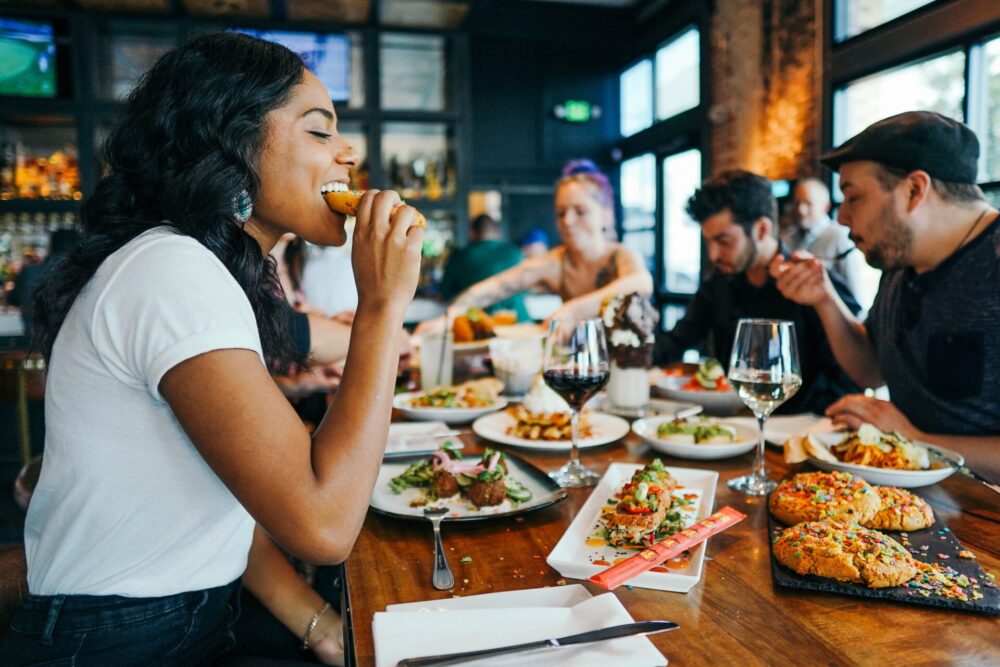
After a turbulent few years for the eating out sector, with several challenges to face and various obstacles to overcome, we have looked at three of the biggest eating out trends we expect to see in 2023.
-
Doubling down on quality
Improving customers’ value for money will let brands stand out as premium during the recession. Even though instinct dictates cutting costs in a race to the bottom, the way to go is doubling down on quality to appease consumers.
BrandVue, our syndicated brand tracker, shows Rosa’s Thai Café nearly doubled its NPS score from +12 to +23 from 2021 to 2022, with their improvement centered around the quality of food– as well as the restaurant’s look and feel – ultimately delivering greater value for money to their customers.
Wahaca have also grown its advocacy year-on-year – in two separate ways; one by prioritising food quality, with ‘Freshness of the food’ and ‘Quality of ingredients’ perceptions rising above their competitors during 2022. The second being prioritising the dine-in experience, as enhancing the indoor experience can boost advocacy despite how the brand looks across takeaway and delivery channels.
-
Set Menus
Set menus are likely to be a growing trend in 2023. With rising inflation, supply chain issues and a labour shortage, shorter menus enable restaurants to stay profitable and still serve a number of dishes, letting them focus on the quality and consistency of the food.
NPS scores for lots of restaurants had dipped throughout 2022, with Pizza Express plummeting from +41 in January to +30 in December. The labour shortage led to restaurants recruiting inexperienced members of staff and the subsequent decline in service ratings were partially culpable for the decline in advocacy.
The move to a more focused menu can take pressure off food service and enable operators to focus on other areas of the customer experience to ensure they leave with smiles on their faces.
-
Plant-based food and sustainability initiatives
Plant-based and sustainability initiatives have been at the forefront of restaurants’ activity for the past few years, and it looks like 2023 will be no different.
Last year, Julie Vigne, Senior Director at Savanta wrote about how Costa had announced a move to plant-based cups and lids, which saw their environmentally friendly ratings double to 14%. Fast-food giant Burger King followed suit in October, with their “Don’t blow your lid” campaign – removing plastic lids altogether from soft drinks served to customers dining in. This saw their environmentally friendly ratings quadruple on BrandVue in the space of a month.
Plant-based initiatives are on the up too, as Burger King transformed their flagship Leicester Square store to become meat-free for a week in March 2022, and launched a pop-up plant-based restaurant in Bristol in October – as part of its pledge to become 50% meat-free by 2030.
We can expect to see more of this going forward as an increasing number of people become ‘flexitarian’ and reduce their meat consumption. BrandVue shows us that in December 2019, 78% of respondents had no dietary requirements – falling to 63% in December 2022 as people are actively changing their eating habits.
A tough market requires restaurant owners to reassess the ways in which they can make themselves stand out going forward. Brands looking to enter the hospitality sector will need to thoroughly understand what the modern diner expects and consider what will cut through in an already saturated market.





